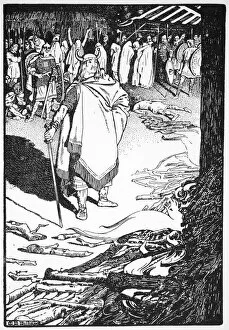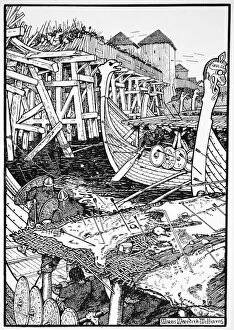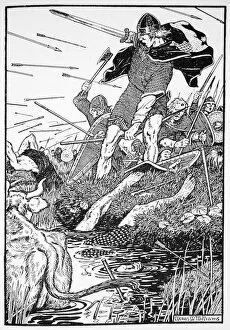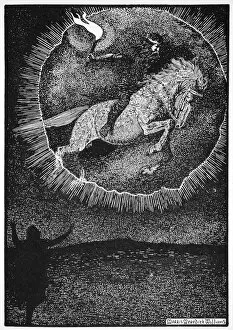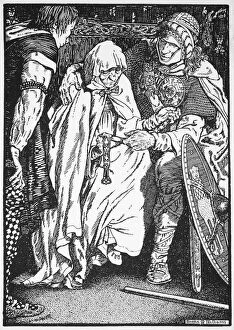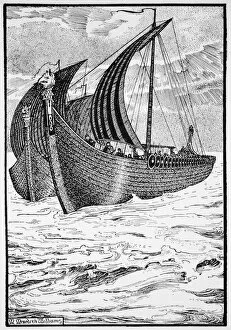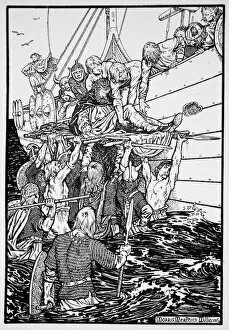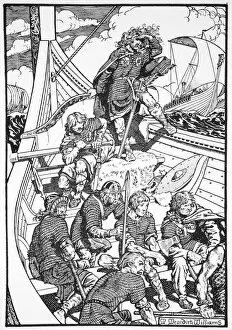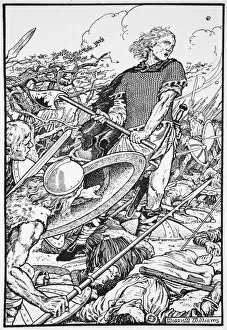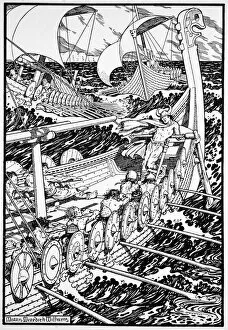Eleanor Means Collection
"Eleanor Means: A Glimpse into Ancient Tales and Legendary Figures" Step back in time and immerse yourself in the captivating world of "Eleanor Means
For sale as Licensed Images
Choose your image, Select your licence and Download the media
"Eleanor Means: A Glimpse into Ancient Tales and Legendary Figures" Step back in time and immerse yourself in the captivating world of "Eleanor Means, " a collection of historical artworks that transport us to significant moments in history. From battles fought on London Bridge to quarrels over chess, these masterpieces by Morris Meredith Williams offer a window into the past. In "Housewife called Flosi to Bergthora, 1913, " we witness an intriguing scene where domestic life intertwines with ancient traditions. The painting invites us to ponder the roles women played in shaping history beyond the battlefield. "The Battle of London Bridge, 1014 (1913)" takes us even further back, showcasing an epic clash between forces vying for power. Williams' attention to detail brings this historic event alive, allowing us to feel the intensity and chaos of battle. Another artwork transports us to Denmark's Roskilde during King Canute and Earl Ulf's heated dispute over chess. This depiction from 1026 reveals not only their rivalry but also highlights how games could influence political dynamics. Traveling across borders, we find ourselves amidst Ireland's rich heritage through pieces like "King Magnus in the marsh at Downpatrick, Ireland, 1103 (1913). " Here we witness royalty immersed within nature itself—an evocative representation of their connection with land and people. Amongst these tales lies one particularly mysterious piece titled "The Vision of the Man on the Grey Horse. " With its enigmatic subject matter shrouded in symbolism, it sparks curiosity about prophetic visions that may have shaped destinies throughout history. "Death of Brian Boru at the Battle of Clontarf, Ireland, 1014 (1913)" captures a pivotal moment when Irish heroism clashed against Viking invaders. Through Williams' brushstrokes emerges both tragedy and triumph—a testament to human resilience amid turmoil.

